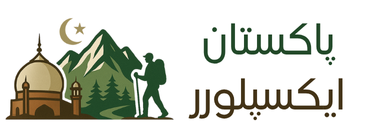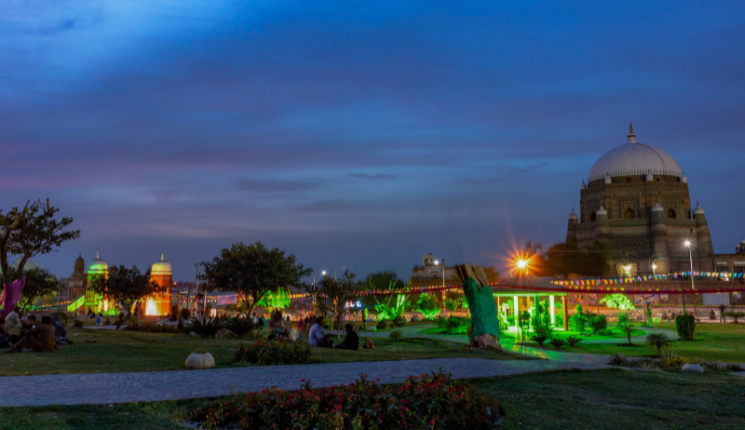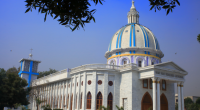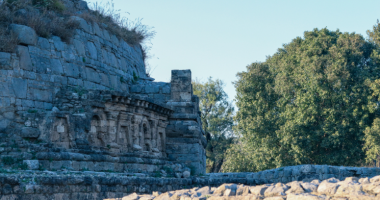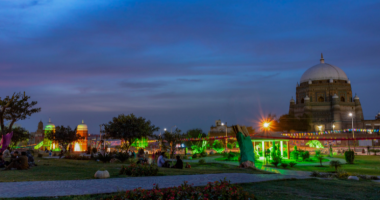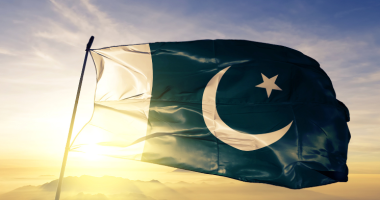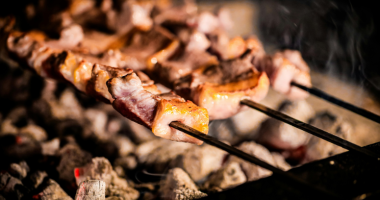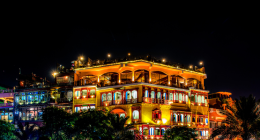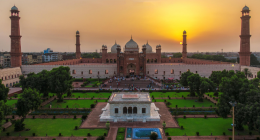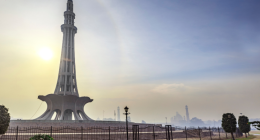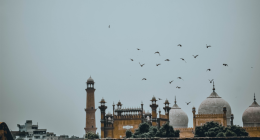Multan isn’t just a name on the map—it’s a full taste of culture waiting to be experienced. This soulful city in southern Punjab, Pakistan, is a vibrant blend of spiritual heritage, centuries-old traditions, and flavorful cuisine. From its blue-tiled shrines to its mango orchards, every corner of Multan whispers stories from the past.
In this guide, we’ll dive into Multan’s heart and soul—through sights, sounds, and especially tastes—so you can truly feel its essence.
Ancient Traditions and the Taste of Culture
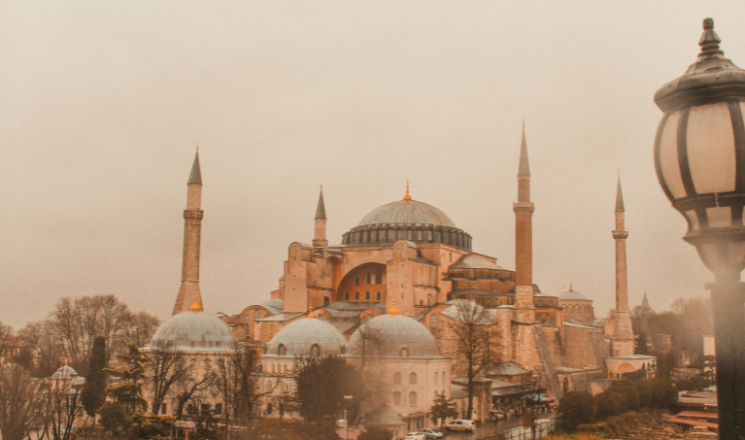
The taste of culture in Multan begins with its age-old traditions. This city has been around for over 5,000 years! That’s longer than many modern civilizations. It was once part of the Indus Valley Civilization and later welcomed Islamic influence. So, it’s layered with time.
Even today, locals celebrate ancient customs. Traditional truck art, handwoven textiles, and colorful Ajrak patterns are seen everywhere. And yes, people still use mud houses in some rural parts—proof that the past hasn’t been forgotten.
Multan’s shrines, such as those of Bahauddin Zakariya and Shah Rukn-e-Alam, attract thousands of visitors each year. With their intricate tile work and peaceful ambiance, these sites blend culture and spirituality like nowhere else.
Additionally, storytelling, music, and poetry are a big part of life here. Sufi music nights often echo through the air in older neighborhoods.
Exploring Local Cuisine: A Flavorful Taste of Culture
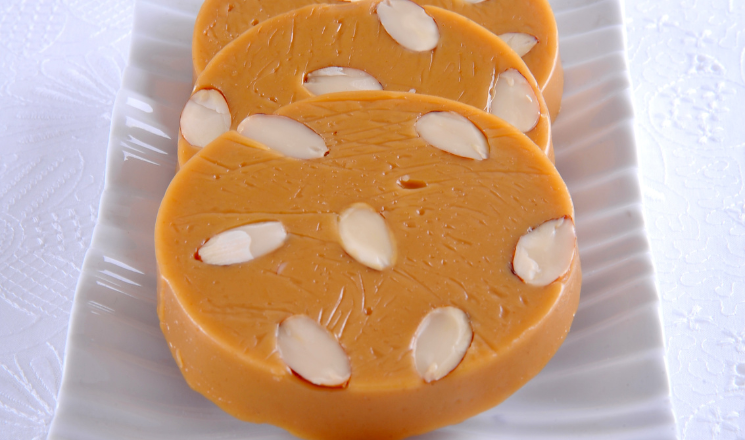
You can’t talk about the taste of culture without diving into food. Multani cuisine is rich, spicy, and soulful. From the smell of fresh naan in the morning to the sizzle of kebabs at night, every bite tells a story.
Some must-try dishes include:
- Sohan Halwa – a sweet treat made with flour, milk, and ghee. Multan is famous for it.
- Multani Murgh Cholay – a delicious chicken and chickpea curry full of flavor.
- Shami Kebabs – soft, spicy patties usually served with naan and mint chutney.
Food vendors can be found on almost every corner, especially in Hussain Agahi Bazaar, where aromas fill the streets. And for a refreshing end, don’t skip the seasonal mangoes. Multan grows some of the juiciest ones in the world.
Cultural Landmarks That Reflect Multan’s Taste of Culture
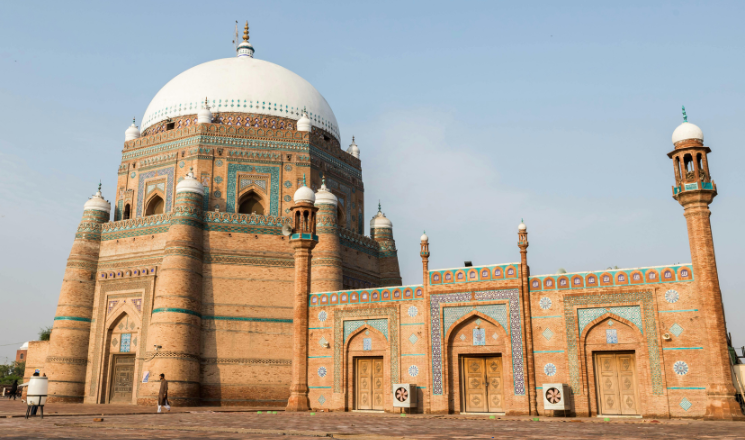
Multan’s architecture is a big part of its identity. In fact, it’s one of the best places to explore Islamic art and design. You’ll find blue-tiled shrines, ancient fortresses, and old gates that once protected the city.
Some top landmarks to explore:
- Multan Fort – Although mostly in ruins now, this fort still stands as a proud reminder of the city’s defensive past.
- Tomb of Shah Rukn-e-Alam – Built in the 14th century, this is one of the most iconic Sufi tombs in South Asia.
- Ghanta Ghar (Clock Tower) – Located in the heart of the city, it’s a colonial-era structure surrounded by bustling markets.
Wandering through these places gives you a clear picture of the city’s artistic legacy. The mix of Persian, Arabic, and South Asian styles makes every corner photogenic and inspiring.
Local Markets Offer a Colorful Taste of Culture
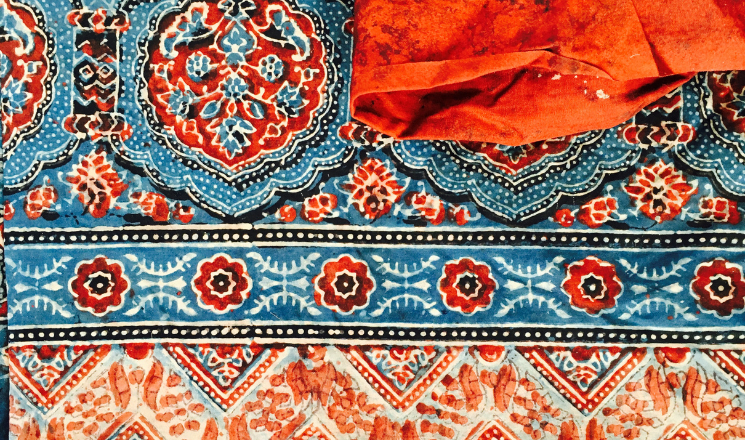
No journey through Multan is complete without shopping! The markets here are full of cultural treasures. You’ll find everything from hand-embroidered clothes to handcrafted pottery.
Hussain Agahi, Bohar Gate, and Chowk Bazaar are the most vibrant areas. Walking through these lanes, you’ll see:
- Beautiful Ajrak prints in deep reds and blacks
- Colorful camel-skin lamps (Multan’s specialty!)
- Intricate blue pottery that reflects Persian influence
Everything is crafted by hand, passed down through generations. Shopping here isn’t just buying—it’s collecting pieces of tradition.
Moreover, artisans are usually happy to share the story behind each item, adding more meaning to your finds.
The People of Multan: Heart of the Taste of Culture

Now let’s talk about the heart of Multan—its people. The hospitality here is unmatched. Locals will often invite you for tea, even if you’re a complete stranger. It’s a part of their culture to treat guests with the utmost respect.
Whether you’re staying in a hotel or passing through a village, you’ll experience this sincere kindness. People here still value conversations, traditions, and community ties. That makes the experience far more human.
Even though Urdu is widely spoken, locals love when visitors try out a few Punjabi phrases. It instantly breaks the ice!
Seasonal Events and Celebrations
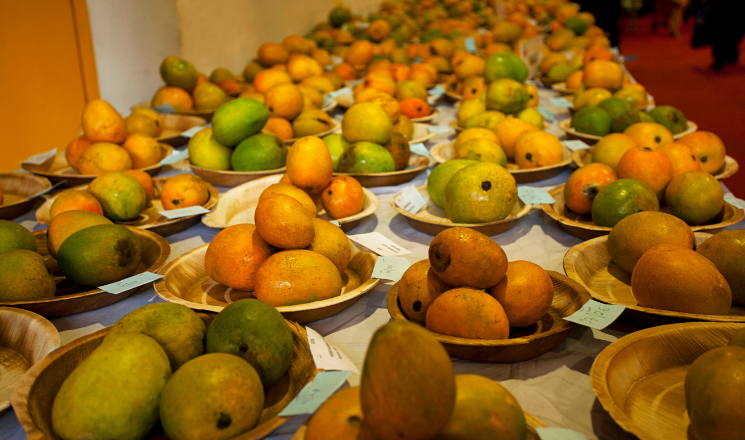
If you want to feel the true taste of culture, plan your visit around local festivals. These events offer music, food, dance, and a genuine peek into the city’s soul.
Some notable events include:
- Urs Festivals – These are spiritual celebrations at the Sufi shrines. Expect qawwali music, food stalls, and colorful gatherings.
- Basant (Spring Festival) – While not unique to Multan, this kite-flying festival paints the sky with color.
- Mango Festival – Held during peak summer, this event celebrates the city’s mango harvest with exhibits and tastings.
These festivals blend modern fun with deep-rooted tradition. You’ll find locals and tourists enjoying together, which brings everyone closer.
Relaxing Spots Around Multan
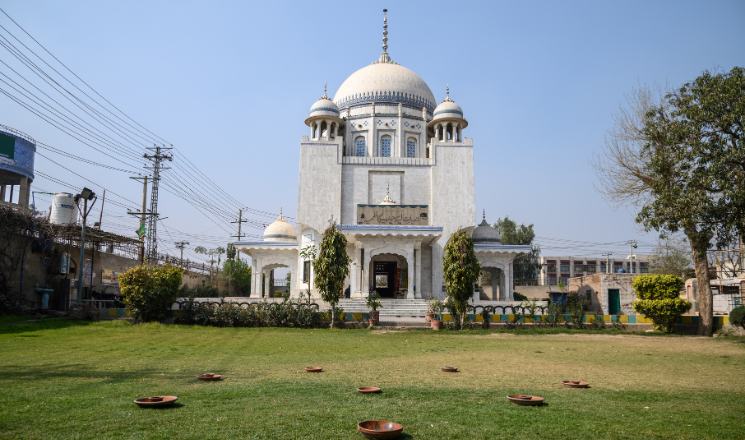
When the city buzz gets too much, Multan has peaceful spots to unwind. Whether you’re into parks, riverbanks, or old gardens, there’s something to enjoy.
- Cantonment Garden is a quiet place to stroll or relax with family.
- Chenab Riverfront offers a breezy escape from the heat.
- Qasim Bagh near the fort is great for scenic views, especially at sunset.
Besides, photography lovers will love capturing Multan’s golden-hour glow. The city turns magical in the evenings.
Useful Travel Tips and Tools
If you’re planning your trip, a few tools can help you make the most of it:
- Google Maps – Ideal for navigating the winding old-city streets
- InDrive or Careem – Easy ride-hailing apps in Pakistan
- Foodpanda – For tasting Multani cuisine without leaving your hotel
Staying connected is key, so grab a local SIM card for easier travel. Also, wear light clothes—Multan gets very hot, especially between May and August.
Why Multan Stands Out
What makes Multan so different? It’s the city’s ability to keep tradition alive while growing into the future. From its spiritual shrines to its spicy meals, Multan gives a raw, beautiful, and full taste of culture that feels timeless.
And the best part? It’s still underexplored. Unlike other tourist-heavy cities, you won’t find long lines or commercial noise here. Instead, you’ll feel part of the story.
Final Thoughts: Visit for the Culture
Multan is not just a stop on a map—it’s a soulful destination. With every street corner, every handshake, and every bite, you’ll get closer to the spirit of Pakistan. This city is not trying to impress—it simply is what it is: honest, flavorful, and full of heart.
So if you’re ready for a journey that feeds your senses and your soul, Multan is calling. Come for the taste of culture, and stay for everything else that follows.
